Lyme Disease In Cattle
Lyme disease in cattle. Miyamotoi is not affected. How Is Lyme Identified in Animals. Dogs horses and sometimes cattle can get Lyme disease.
Lyme Disease in Cattle On occasion cattle have been found to be infected with Lyme disease. The first lesson to be learned about the Lyme disease infection is that it manifests completely differently in mans best friend compared with the human experience. Although the presence of cattle appears to suppress the prevalence of the various genospecies of Lyme disease spirochetes that of B.
However the great majority of Lyme disease transmissions are due to the bite of a very tiny tick commonly called the deer tick or black-legged tick. Disease can vary but usually involves a skin rash and joint pain arthritis. Dogs horses sometimes cattle.
The disease occurs worldwide and throughout the US. No dis-ease relationship has yet been demonstrated for this. Left untreated the infection can spread to joints the heart and the nervous system.
Lyme disease which is caused by Borrelia burgdorferi bacteria and transmitted through the bite of a tick affects domestic animals dogs horses and possibly cats and humans. What animals get Lyme disease. Symptoms can include fever lameness and soreness listlessness loss of appetite swollen glands and joints.
No disease relationship has yet been demonstrated for this microbe. In dogs Lyme disease is a minor infection not nearly worthy of the attention it has received. The states with the highest number of cases are in the northeast and the upper-Midwest.
Holman Foundation a grassroots activist organization that supports research education diagnosis. 11 hours agoOnce bitten by a tick carrying Lyme disease a person might experience a fever headache fatigue and often a characteristic skin rash that looks like a bullseye.
In the early stage of infection cattle can develop fever stiffness and swollen joints lameness and a.
The states with the highest number of cases are in the northeast and the upper-Midwest. Proven to help prevent clinical disease such as arthritis as well as at the subclinical level 5. Left untreated the infection can spread to joints the heart and the nervous system. White-tailed deer mice chipmunks gray squirrels opossums and raccoons can also be infected. However the great majority of Lyme disease transmissions are due to the bite of a very tiny tick commonly called the deer tick or black-legged tick. Heart kidney liver eye and nervous system problems are also described in animals. Symptoms can include fever lameness and soreness listlessness loss of appetite swollen glands and joints. Dogs horses and sometimes cattle can get Lyme disease. Lyme disease is a bacterial disease spread by ticks.
However the great majority of Lyme disease transmissions are due to the bite of a very tiny tick commonly called the deer tick or black-legged tick. How Is Lyme Identified in Animals. Presently there is no set pattern when it comes to symptoms diagnosis and treatment. In dogs Lyme disease is a minor infection not nearly worthy of the attention it has received. Dogs may also. According to William Miller Jr VMD a professor of Dermatology at Cornell Universitys College of Veterinary Medicine Lyme disease is caused by a spiral-shaped bacterium called Borrelia burgdorferi which enters an animals system via the bite of a young tick nymph or an adult female tick. The predominant species responsible for Lyme borreliosis in animals is B burgdorferi sensu stricto henceforth B burgdorferi.

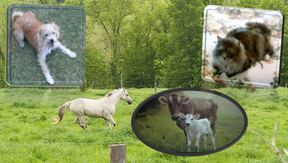

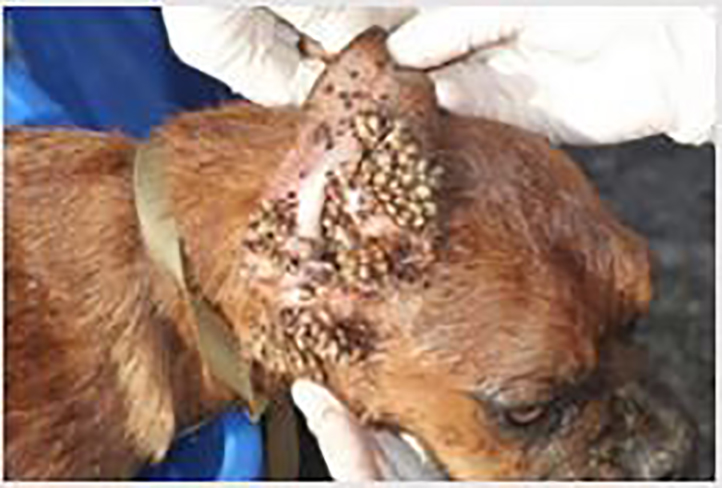
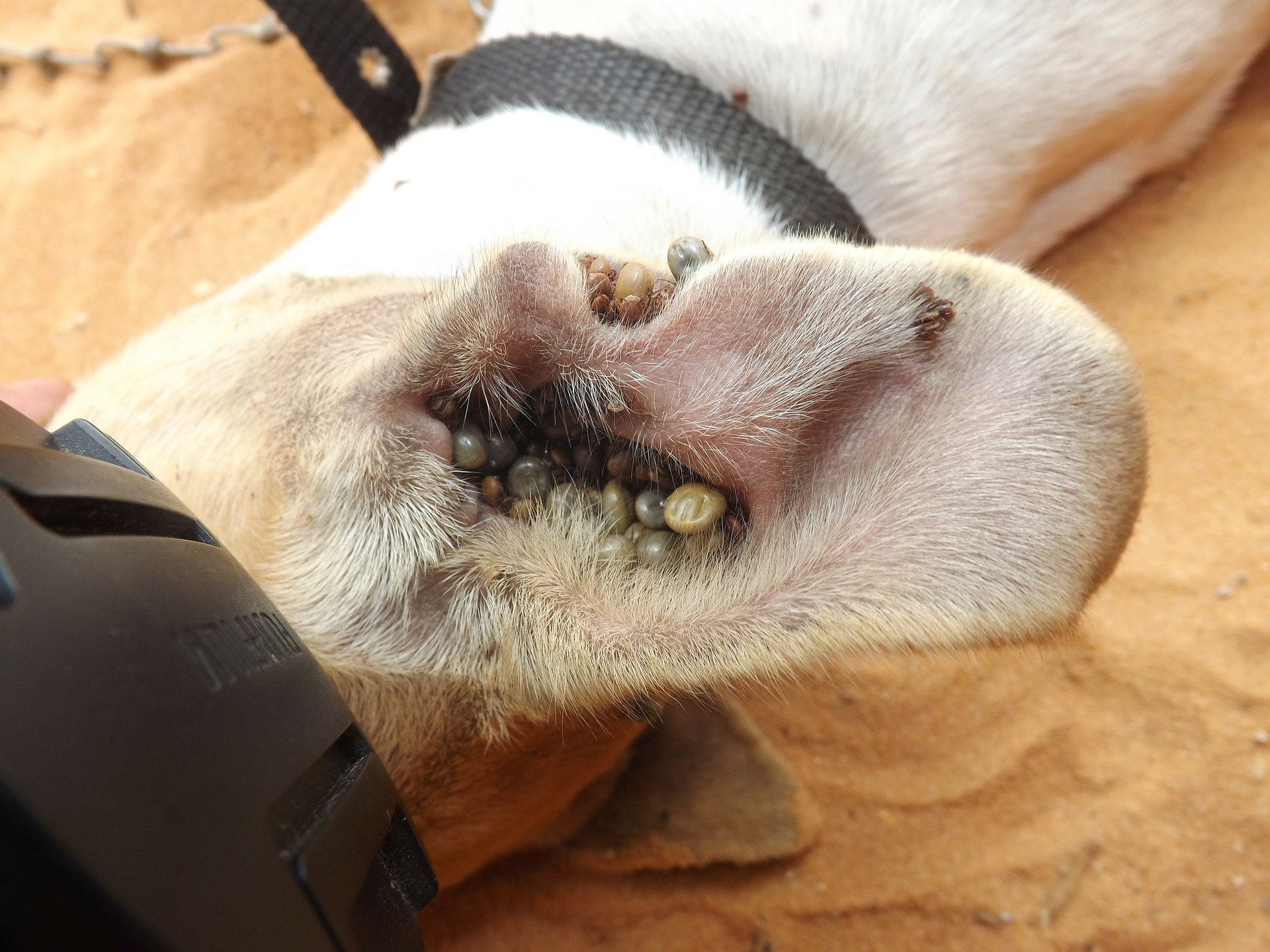



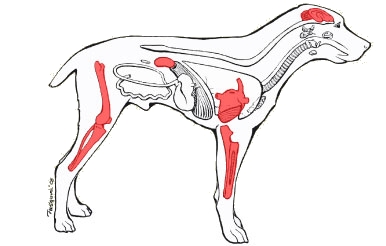




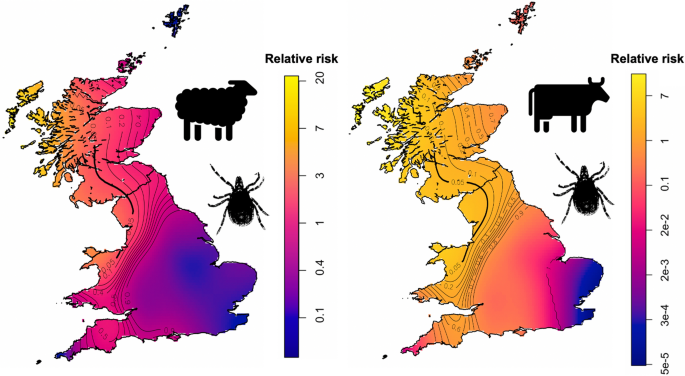





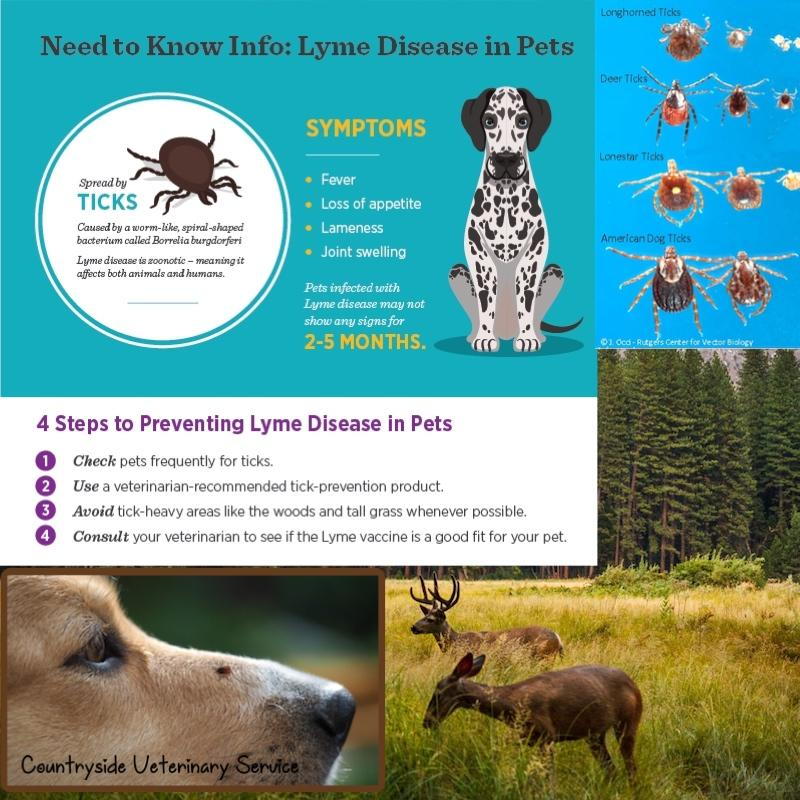
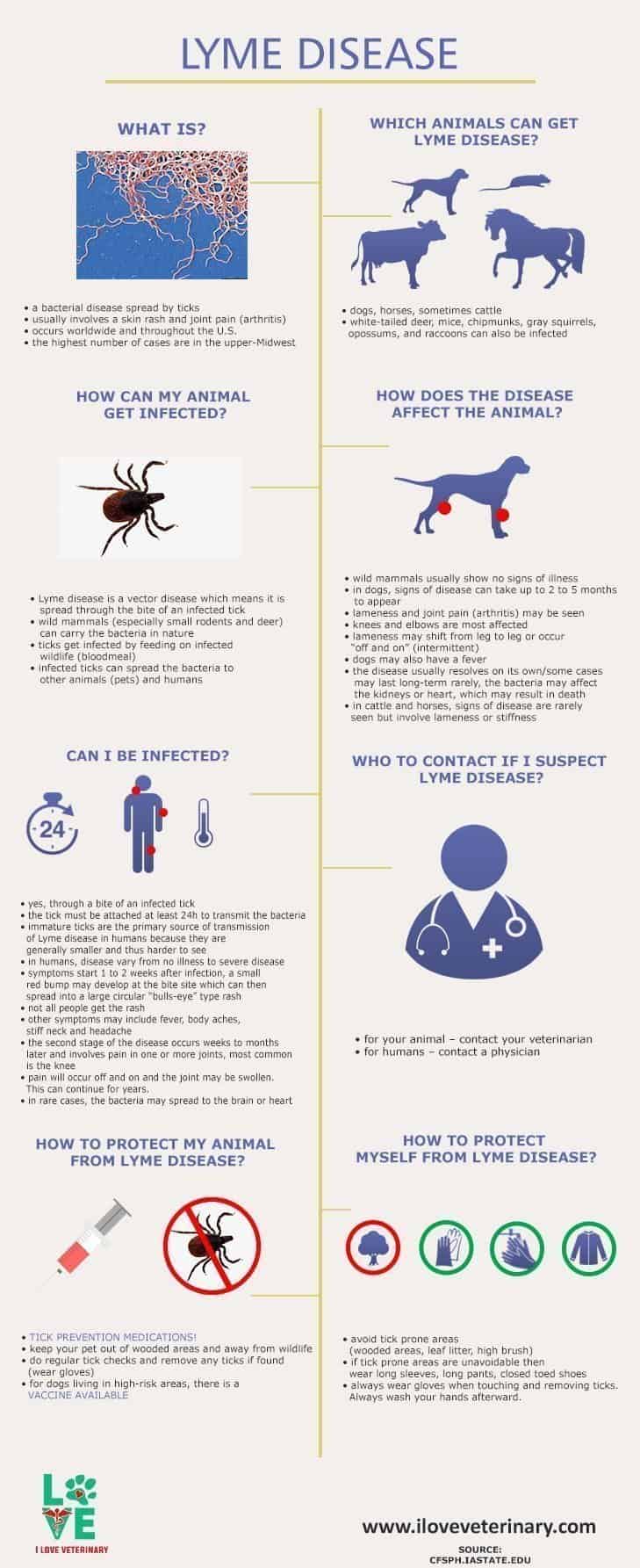
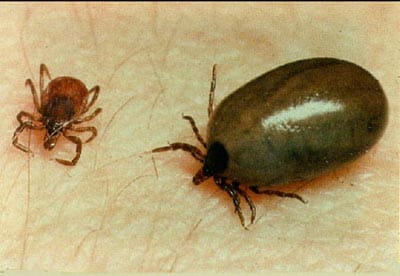







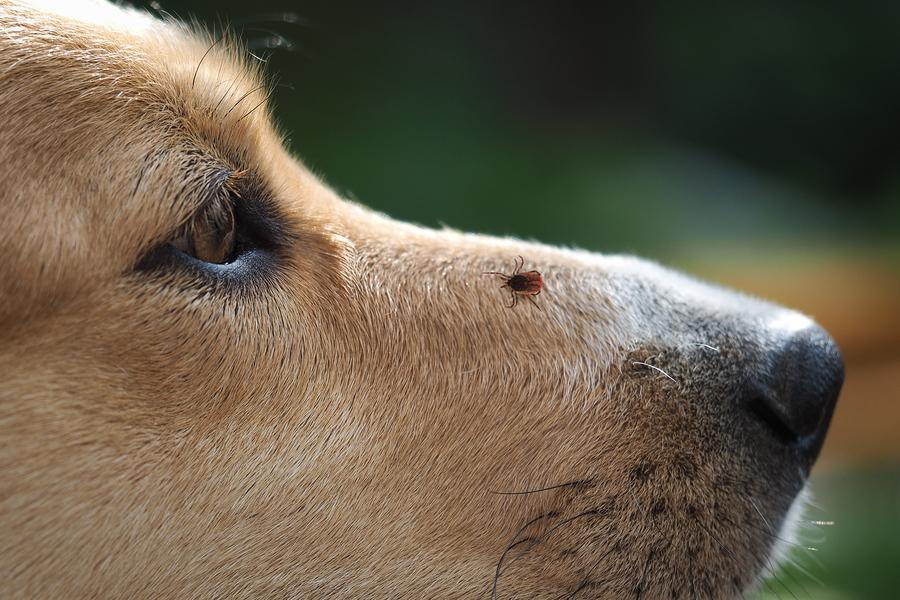






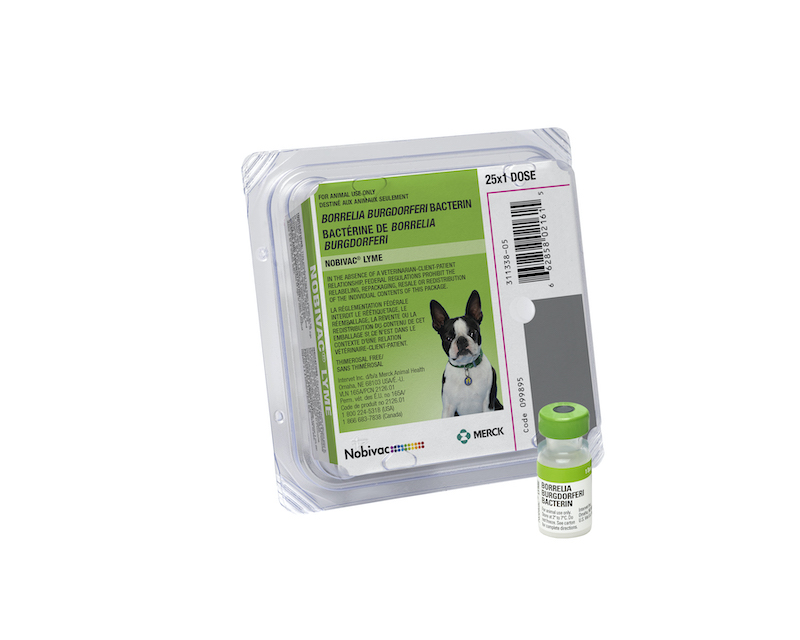
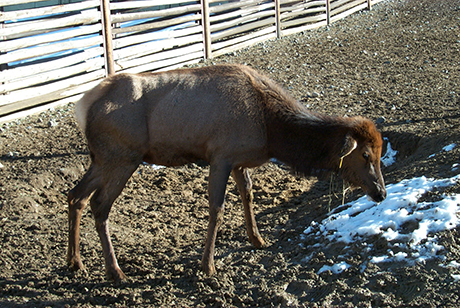
/dairy-cows-581747541-595194265f9b58f0fc0acbc8.jpg)



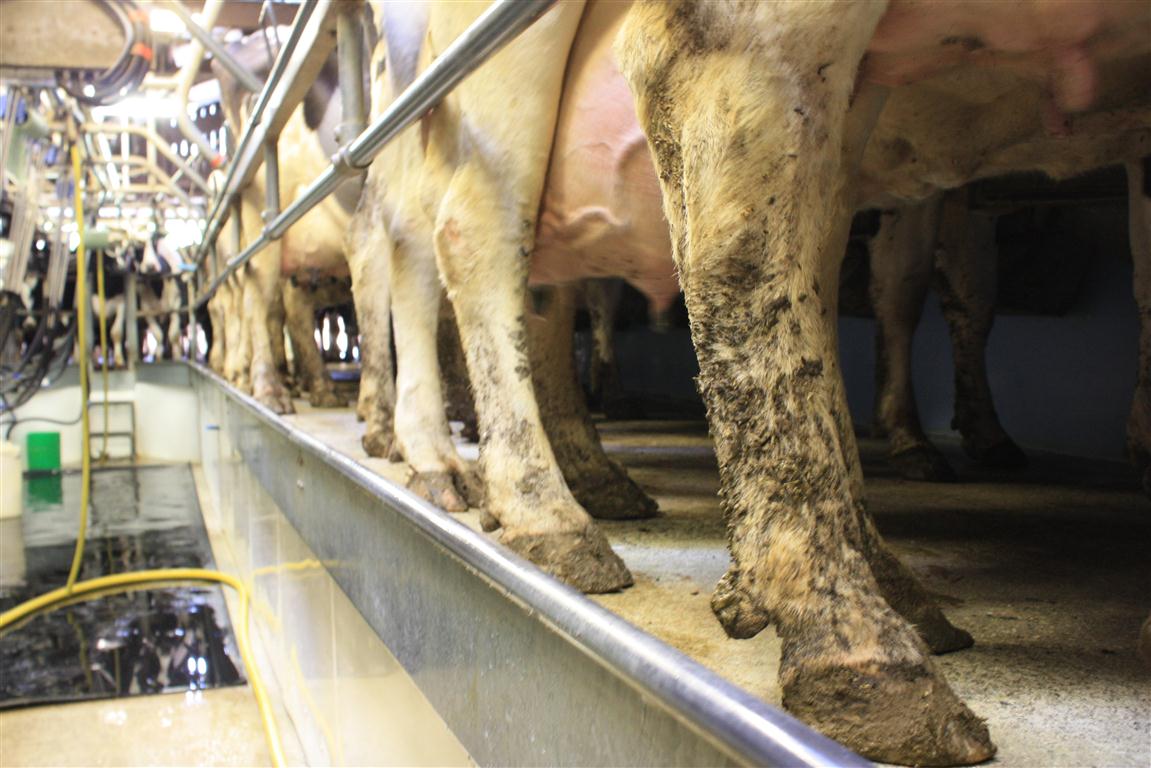


Post a Comment for "Lyme Disease In Cattle"